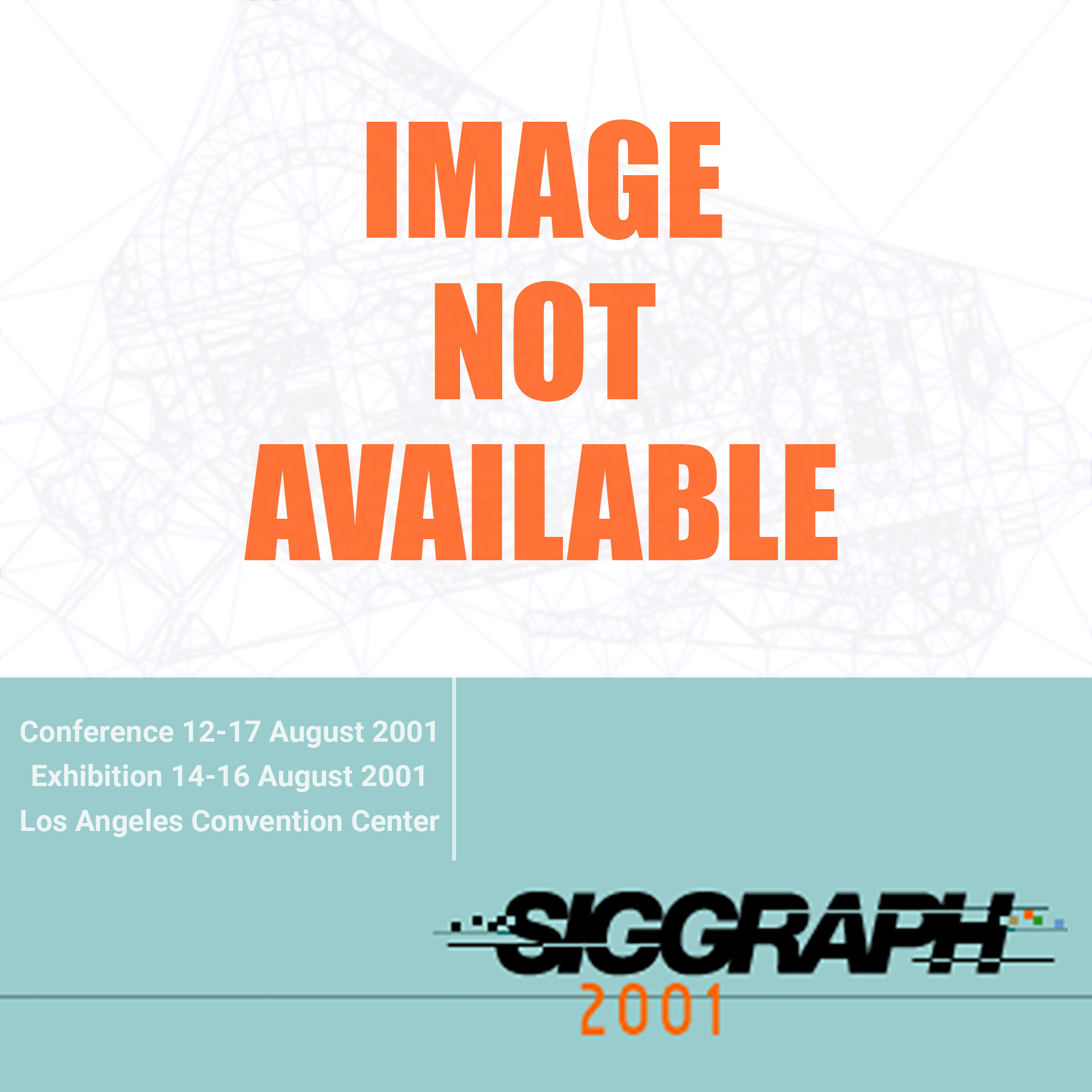“21st Century Literacy: Media and Meaning” by Chapman, Feldman, Rogow and Rosen
Conference:
Type(s):
Title:
- 21st Century Literacy: Media and Meaning
Presenter(s)/Author(s):
Moderator(s):
Abstract:
Media & Meaning: Hypertext, Context, What’s Next?
Sarah Feldman
Before we can look to effectively creating and using media in education, we must first ask this fundamental question: In the 21st century, what does it mean to be educated? Is it the retention of facts, or is it the ability to locate, convey, analyze, and make meaning out of the “facts” and ideas we encounter? Only when we can define what we aim to do can we explore what we need to do to educate.
Too often our escalating frenzy to create dazzling content overwhelms our capacity to process that content. While discussions surrounding accessing information are important, it is equally valuable to look at the need for assessing information — evaluating media for accuracy, relevance, and quality. But media literacy doesn’t stop at honing our ability to analyze images and information. The depth and inherently conjunctive role of hyper-textual environments present whole new possibilities for perceiving, organizing, and communicating ideas. While many traditionally see links as a disassociative interface convention, it is also important to look at their synthetic potential. In other words, where once information was organized in linear outlines and encyclopedic formats, now information is seen through the prism of its connections to other data. Where once we proclaimed “content is king,” one could argue that “context is queen.” But are digital artists taking full creative advantage of this new way to communicate? Are educators? Savvy interface designers are moving away from the logo-phobia that once plagued them, instead recognizing text’s vital role in enhancing and extending content and the users’ experience.




